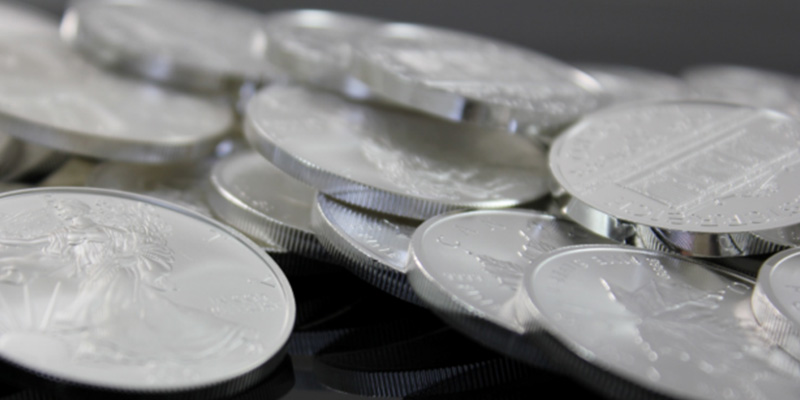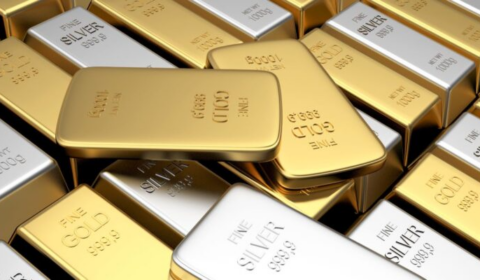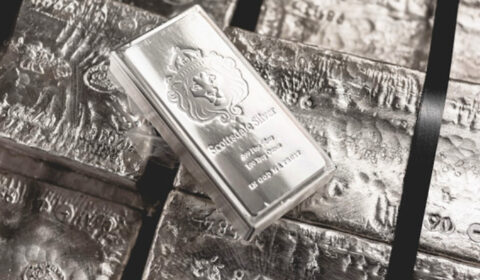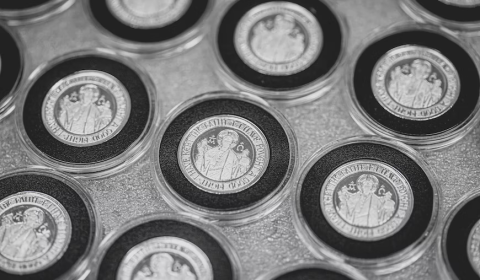Utilize Silver and Gold for Upside Potential and Stability

The following article is created by Orion Metal Exchange for the benefit of our investors and perspective investors alike. We seek to provide relevant content concerning precious metals and the impact caused by the economy and geopolitical trends that will most likely place impact on your financial future. If you are interested in learning about precious metal investing, call 1-800-559-0088, for a FREE investor kit.
Gold and silver are often utilized as an investment hedge to offset inflation and geoeconomic uncertainty. However, gold and silver values can fluctuate independently and for different reasons. Let’s review how and why.
Silver’s Growing Demand and Rising Cost to Produce
Silver is used in many industrial and technological applications. Silver is used in solar and nuclear energy, engine bearings, cell phones, cameras, computers, jewelry, silverware, medicine, and water purification. This is why the global silver supply continues to be depleted. To offset silver supply depletion, mining production must continue. Also, the annual currency value of silver supply is significantly less when compared to gold. The annual silver supply, when measured in U.S. dollars, is 1/10th the value of the annual gold supply. This means, it would take substantially less investment dollars to cause the silver market to rise in comparison to gold. For this reason, silver is more likely to offer better upside potential when compared to gold. Unlike fiat currency, which is simply printed into existence, silver must be physically produced. With inflation, the cost to produce silver rises. As inflation rises, the value of silver will rise as well. For these reasons, silver should continue to offer great upside potential moving forward.
The Long-Term Stability of Physical Gold
Gold has been utilized as a currency and a store of wealth by civilized societies for thousands of years. Physical gold is a way to store wealth without assuming the risks associated with debt. Gold does not corrode or decay over time. It is essentially indestructible. Investors also own gold to combat inflation. Like silver, gold must be physically produced. With inflation, the cost to produce gold will rise. Governments own physical gold to offset the debts they accumulate through deficit spending. Central banks own physical gold to hedge against speculative and debt incumbered investment vehicles. Gold legitimizes a government’s fiat currency and stabilizes a central bank’s investment portfolio. Other than jewelry, gold’s use in industry is limited. This means global gold supplies essentially remain intact. Annual gold supply, when measured in U.S. dollars, is 10 times the value in comparison to annual silver supply. For this reason, gold is generally considered more stable than silver. Gold is more likely to offer less percentage return when compared to silver.
Silver and Gold are Utilized to Mitigate Portfolio Risk
Gold and silver help investors mitigate risk in their investment portfolios. Unlike the stock market, which is largely based on speculation, gold and silver are generally utilized as hedges. They tend to rise in value when fiat currencies falter or when there is market volatility. Gold and silver have an inverse relationship to stocks and bonds. This is why investors utilize precious metals as a hedge and a way to diversify away from the risk associated with debt.
Conclusion
Gold is generally utilized to stabilize an investment portfolio or used as a long-term store of wealth. Gold will rise in value with inflation over time. Silver will also rise in value when inflation is present. However, due to the constant depletion of silver supply, silver is more likely to offer larger percentage returns than gold. When diversifying in physical precious metals, consider utilizing a proper balance of gold and silver to accomplish the correct balance in stability and upside potential.
Questions? We’ve Got Answers!
Does gold or silver have more upside potential?
Historically, silver has offered more upside potential when purchased at the right time. Both metals will continue to rise with inflation.
Why do gold and silver have intrinsic value?
Gold and silver have historically held their value due to their physical qualities, scarcity, and industrial uses.
What are the benefits of investing in gold and silver?
Gold and silver are utilized to store wealth and protect against the risks associated with debt encumbered investments.
Orion Metal Exchange presents this article for both our investors and perspective investors alike, offering insights into precious metals and their relevance amidst economic and geopolitical trends. To explore precious metal investing further, dial 1-800-559-0088 for a FREE investor kit.






